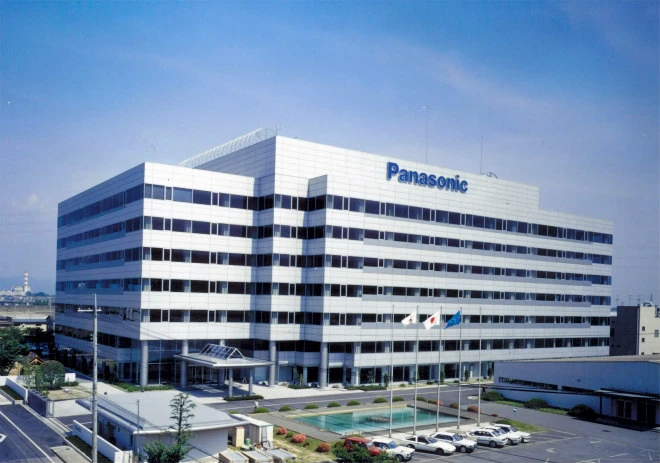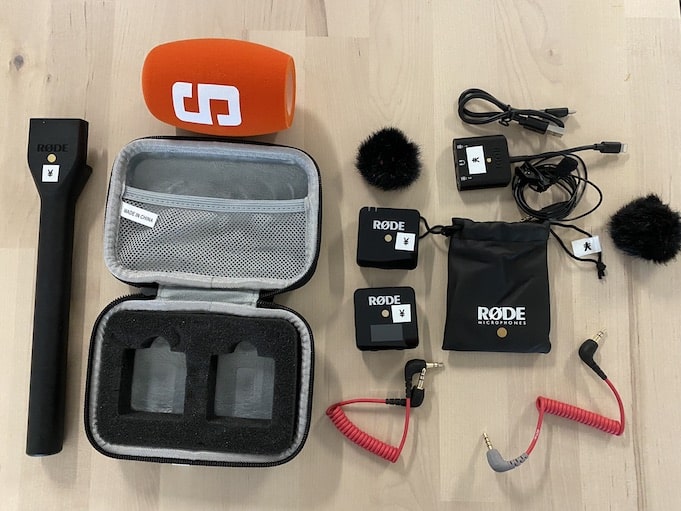Warehouse Software: Less Workload Through Efficient Warehouse Management
- Simplify Your Processes – Manage Materials With Warehouse Software
- Why You Should Digitally Manage Consumables
- Simplify Processes With a Warehouse Management App
- Is There Free Software for Materials Management?
- Use Cases: Warehouse Software for Material Management
- Material Management With Warehouse Software: An Investment That Pays Off

Managing material is easy with customised warehouse software
Simplify Your Processes – Manage Materials With Warehouse Software
Using warehouse software for materials management has probably proven itself in most companies. Printed lists or handwritten tables are no longer up-to-date. Accessibility from different workplaces, simple backup creation and convenient search functions are just a few reasons in favour of digital filing. Material management with Excel tables or the filing of scanned documents in exchange folders are also no longer the measure of things.
Optimal management of operating resources is only possible with specialised warehouse software. Only this offers possibilities such as real multi-user capability, filter and query options as well as data driven structures adapted to the individual assets. Moreover, it properly exploits the opportunities of inventory management solutions. For example, specialised inventory software offers convenience functions such as the storage of operating instructions and the integration of calendar functions that indicate upcoming maintenance. But these are only some of the advantages.
Using warehouse management systems (wms) to optimise one’s material management process makes sense because of several other functions.
Why You Should Digitally Manage Consumables
Running a business in these days is a real challenge. Cost pressure, shortage of skilled workers and scarcity of raw materials are some of the challenges ahead. It is therefore all the more important to use the available resources sensibly. Innovative software can support you in this. Warehouse software treats every operating resource as an individual asset. This includes items of the essential infrastructure, such as office furniture, IT devices, and consumables.
It can also be used to record machines, tools of all kinds and even vehicles. It is also useful to take track of all consumable items – especially when it comes to items that are used over a longer period of time, such as printer cartridges or fluorescent tubes. All inventoried items can be assigned to places and persons. Afterwards, responsible persons in companies have the possibility to get a permanent overview of existing resources in the warehouse software. Query options allow for effective disposition and localisation of unused resources.
Warehouse software supports the search for lost inventory with convenient functions such as GPS positioning. Statistical evaluations of the useful life as well as maintenance incurred are possible without additional effort if you use software for stock management. Setting up and administering warehouse software such as Timly, on the other hand, is extremely simple. The central data storage takes place in the cloud, end devices only need an internet connection.
Asset Management Software in Use by Our Customers
The Timly software is continuously evolving to meet the needs of our customers. In various success stories, we show you how Timly optimizes processes in companies, thereby saving significant effort. With Timly, inventory management becomes child’s play.

Optimized Device Management With Innovative Self-Inventory
SodaStream is the world market leader for water sparkling systems for domestic use and has a lot of IT equipment at its various locations. Many colleagues now work from their home offices. A digital solution for the efficient management of IT end devices became necessary...

Panasonic x Timly: Driving Technological Innovation
One of the most remarkable aspects of human ingenuity is our ability to innovate. Innovation is embedded in the DNA of consumer electronics giant Panasonic, which has diversified into a number of sectors, from heavy industry to construction...

Manage Video Equipment Efficiently Without Much Effort
The Hamburg media company always does outstanding journalistic work and is characterized by independent reporting. In order to maintain journalistic quality, the teams work with highly specialized devices – these need to be managed efficiently...

Smart City Asset Management – Timly in Use at DIGOOH
The core business of DIGOOH Media GmbH in Cologne is to manage digital city light posters (DCLP) for outdoor use in various cities in Germany. The challenge here lies in making the client’s communication message always available at the right time, in the right place...
(No credit card required)
Simplify Processes With a Warehouse Management App
If you use software for material management, all material can be labelled with a space-saving QR code. For virtual goods, such as software, you can instead label delivery notes or cards with licence codes and file them away. Then, by simply using barcode scanning, it is possible to access the record of an asset. Depending on the rights granted, it is possible to change assignments to employees or locations in this way, but also to call up data sheets and operating instructions and to report defects.
A specialised inventory app is used for easy access. This can be installed on a smartphone or tablet. The camera of the device is the integrated barcode scanners. This enables very flexible handling: wherever there is internet access, employees can use the warehouse software without additional hardware.
If software is used for material management, it is no problem to use it in multiple locations:
On construction sites of various sizes
In cluttered warehouses
In healthcare facilities
In factories and production halls of all kinds
In schools or public administration
In Transport, Short & Long Distance
Is There Free Software for Materials Management?
Nowadays it is very common for free software, so-called freeware, to be offered for many application purposes. The use of free software, especially if it is open source, is justified in some areas.
For example, competent communities are often formed that work together on a project, or it is a question of programmes that have their origin in final theses or doctoral dissertations by scientists. In these cases, it is clear why the developers can offer their software free of charge.

Finding the right warehouse software can be difficult
Programmes that are permanently used in a professional environment and occupy key functions must be permanently maintained and further developed. This includes support that is always available and an innovative development department that can correct errors within the shortest possible time and respond to customer requests. This can only be guaranteed with permanent, in-house staff. Providers who promise this free of charge are usually dependent on generating their income in other ways. This may be through advertising, the collection and resale of data, or by only offering programmes with limited functionality free of charge.
The use of cloud storage requires special attention. As soon as personal data are included in their stored data sets, the obligation to take special precautions to protect the data arises from the General Data Protection Regulation (GDPR). The necessary certifications and compliance with standards cost money in practice. If you use software for material management, you must be able to prove that the provider you have chosen is GDPR-compliant.
Use Cases: Warehouse Software for Material Management
There are probably hardly any industries left in which central management of inventory is not necessary. However, it is precisely companies with frequently changing work locations and unclear workplaces that benefit from this.
Warehouse software is therefore often used successfully in craft and construction companies. There, for example, tools have to be used on different construction sites where a large number of other companies work in parallel. This leads to the risk of confusion, loss and also theft. Printed inventory lists are hardly feasible, as they cannot be handled appropriately due to dirt and the effects of weather.
A comparison of the inventory using an app on the employee’s smartphone provides significantly more convenience. In addition, it is also possible to hand over the inventory to other employees. For the scheduling department, it is possible to see from a distance whether maintenance is due or whether defects have been reported by the employees. It is also advantageous to use warehouse software for material management in companies with many office workplaces, such as insurance companies and banks.
There, almost identical mass-produced articles such as hole punches, desk lamps, monitors, keyboards and mice are part of the work material and consumables of all employees. These items are difficult to distinguish externally and can therefore hardly be assigned once they have been removed from their original place. If, on the other hand, the items are catalogued, it is easy to identify the workstation to which they belong. In addition to that, with Timly, you always have an overview of stock levels of consumables.
In trade and logistics, workplaces are highly dynamic. There is a constant coming and going of customers and transporters. Here it makes sense to take an inventory of loading equipment and other work tools and to regularly check that they are complete. Loading aids that have been forgotten or intentionally left outside can be quickly reassigned to their intended location if material management software is used.
Material Management With Warehouse Software: An Investment That Pays Off
Personal allocation of material leads to more responsible handling. If the employee has ” his/her” firmly assigned tool, he/she will normally handle it with more care.
Regularly checking the inventory for completeness ensures that shortages are detected in time. If shrinkage accumulates at a certain point, those responsible can take countermeasures.
Checking one’s own inventory should be as simple as possible so that workflows are not unnecessarily disrupted. It is a step towards professionalism to use software for material management. You make it easy for your staff to deal effectively and carefully with the resources entrusted to them.
Similar Blog Posts:
Book an online demo - free and without obligation - or create your free trial account directly.

























